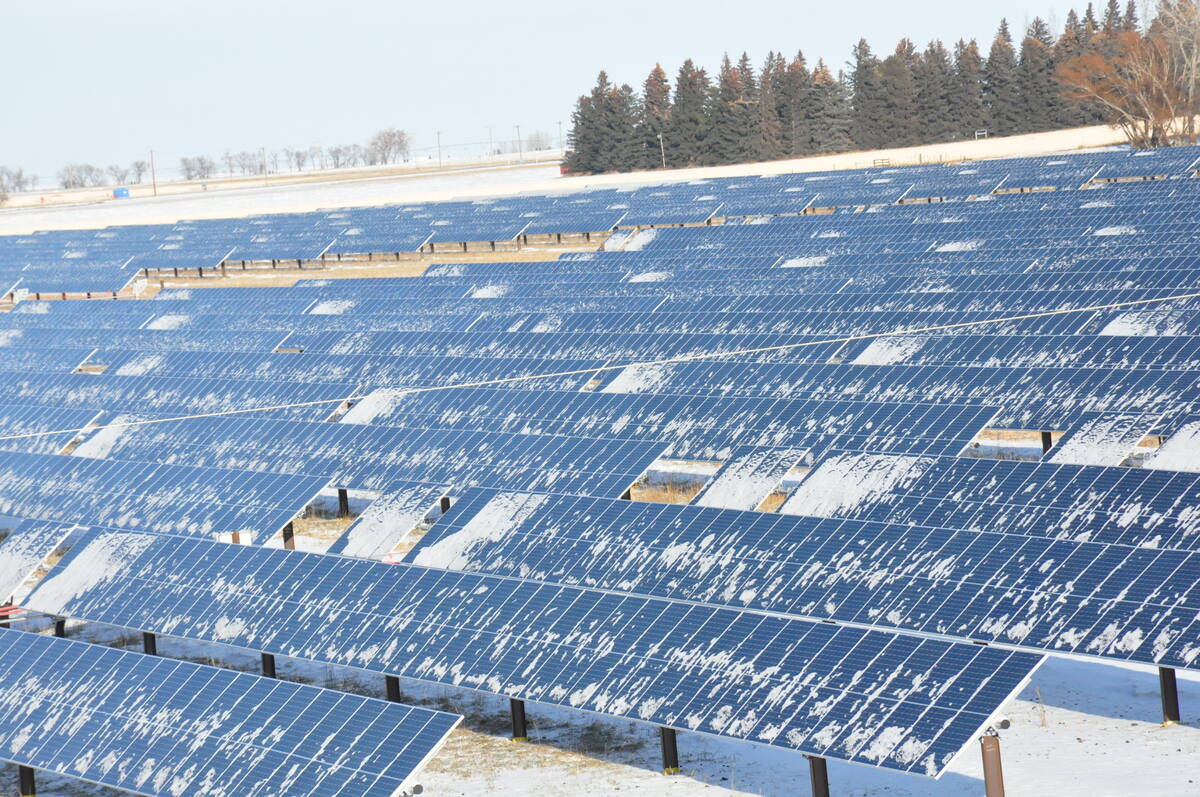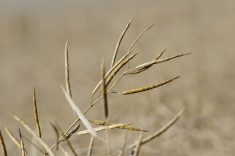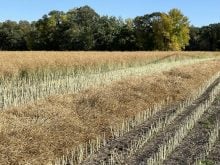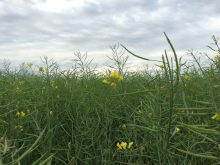There’s much talk these days about diversifying Canadian agriculture’s exports away from their reliance on the sector’s two biggest, and currently most unpredictable, customers.
The U.S. and China will undoubtedly continue to be important buyers but uncertainties and “what-if” scenarios prevail. In this environment it’s prudent, if not necessary, for the sector to make sure it’s got what it takes to boost its competitiveness on the world stage.
What little was been said about agriculture during the recent federal election campaign has focused on developing new markets and supply chains to expand Canadian agriculture’s export reach.
Read Also

Why agriculture is Canada’s energy ace
Why isn’t agriculture getting more play in Canada’s quest for efficient, renewable energy production? It should be
It’s no doubt important to support existing customers and develop new ones, just as it’s important to ensure Canada’s exports are grown using environmentally sustainable practices, a priority identified in Agriculture and Agri-Food Canada’s 2022 science strategy.
But as necessary as those areas of focus have become, they can’t come at the expense of the innovation pipeline underpinning the whole effort — and on that front Canada is falling behind, according to a report released earlier this spring from the University of Calgary’s School of Public Policy.
In their report, “Canadian agriculture and food research effectiveness and competitiveness,” researchers Sabrina Gulab and Guillaume Lhermie reviewed Canada’s public and private research priorities and spending over the past decade, comparing those results against those of other leading exporters.
“While countries like China, Brazil and Australia have made strategic investments that drive innovation and sustainability, Canada’s agricultural R&D spending has declined significantly, falling from $0.86 billion in 2013 to $0.68 billion in 2022,” the report says. “This reduction has left Canada ranking lowest among the top seven OECD countries in agricultural R&D expenditures, jeopardizing its global competitiveness and resilience.”
The researchers compared the average growth rate of agri-food research funding during the federal-provincial-territorial agreements in place between 2013 and 2017 and between 2018 to 2022 to the sector’s Total Factor Productivity (TFP), which is measure of how efficiently inputs are converted to outputs.
They found research funding growth declined from 16 per cent to nine per cent during those periods. Meanwhile, TFP growth declined from around five per cent to near zero.
The decline in research funding growth between 2018 and 2022 “has likely contributed to the dramatic slowdown in TFP growth, as reduced investment limits the scope for innovation and the adoption of productivity-enhancing practices.”
“The widening gap between funding and TFP suggests inefficiencies in translating investments into tangible outcomes,” the report says. “If the goal is to focus on increasing TFP, reversing this trend and prioritizing higher research funding is crucial to enable sustained productivity growth and address the challenges facing the agricultural sector.”
So not only is Canada’s shrinking investment contributing to a slowdown in productivity growth, but its commitment to agricultural research is falling behind our competitors on the global market. This is not a recipe for success.
The report calls for Canada to increase its investment in agricultural research to 1.5 per cent of its agricultural GDP to support innovation, productivity and sustainability. That’s up from the current ratio of 1.33 per cent of AgGDP but still less than Australia, which comes in at 1.68 per cent.
Research consistently offers a double-digit ROI for both public and private stakeholders. It is a long-term investment in the future that must be supported by policy incentives and government budgets.
Karen Briere, Bruce Dyck, Robin Booker, Paul Yanko and Laura Rance collaborate in the writing of Western Producer editorials.















